RFDS Roadside Airstrips: Lifelines in the Outback
Driving through outback Queensland, we started noticing something unusual…massive white markings painted across the road. At first, we thought they were oversized pedestrian crossings, but as we got closer, the words “RFDS AIRSTRIP” became clear. These weren’t just road markings. They were Royal Flying Doctor Service (RFDS) emergency airstrips. Lifelines in one of the most remote regions on earth.
Out here, medical help isn’t just around the corner. Hospitals are hundreds of kilometres away, and in an emergency, a plane might be the only way to get someone to care in time. That’s where these roadside airstrips come in. When needed, local police or emergency services shut down the highway, clearing space for an RFDS plane to land right on the road.
Seeing these airstrips in person gave us a new appreciation for just how vital the RFDS is. We rely on highways for travel, but for many people living remotely, these same roads double as runways that could save a life.
It’s a simple yet brilliant solution—using the infrastructure already in place to make remote healthcare possible. Next time we drive over one of these airstrips, we’ll remember the people who depend on them and the incredible work of the RFDS.
Exploring the unbeaten paths of Australia, one adventure at a time! 🌿 Follow along as we uncover hidden gems, tackle rugged terrains, and embrace the thrill of exploring offbeat destinations. 🚙💨
The Royal Flying Doctor Service
The RFDS was founded in 1928 by Reverend John Flynn, who recognised the need for rapid medical support across Australia’s vast inland. Today, it’s one of the largest and most respected aeromedical organisations in the world, delivering emergency care and primary health services to people in some of the most remote corners of the country.
With bases spread across the outback, the RFDS fleet can reach patients hundreds of kilometres from the nearest hospital. Their aircraft are essentially flying intensive care units, fitted with the latest technology and staffed by highly skilled doctors and nurses.
Why Highway Airstrips Exist
Australia’s outback is too vast to be dotted with traditional runways everywhere they might be needed. Instead, certain sections of long, straight highways have been reinforced and widened to act as emergency landing strips. These sections are clearly marked, with signage alerting drivers, and can be closed off quickly when a plane needs to land.
It’s a uniquely Australian solution…turning the very roads we drive on into lifelines from the sky.
What to Know if You See One
Keep them clear – Never park or stop on an RFDS-marked stretch of highway.
Follow signage – Signs will indicate if the section is an emergency airstrip.
Respect the space – They may look like just another piece of road, but to someone in crisis, they can mean survival.
When to Visit / Notice Them
You’ll spot RFDS highway airstrips mostly across Queensland and the Northern Territory on long, isolated roads. They aren’t tourist attractions in the traditional sense, but rather reminders of just how far communities are from city hospitals, and how vital the RFDS is to keeping people safe and connected.
Final Thoughts
Seeing those airstrips scattered across the highway changed the way we thought about outback travel. They’re easy to overlook, but once you know what they mean, they become symbols of care and resilience. Out here, the RFDS isn’t just important — it’s everything.
Other updates you may like…
Charters Towers caught us off guard — a planned two-night stop turned into four days of gold-rush history, quirky landmarks, tyre trouble and small surprises!
We spent three days in Cloncurry, exploring its history, murals, aviation heritage, and dam. From the first Qantas hangar to the birthplace of the RFDS, this outback town surprised us with stories and charm.
Croydon, Normanton, and Karumba gave us history, character, and Gulf Coast charm. From welcoming the Gulflander to cold drinks at the Purple Pub and sunsets in Karumba, this stretch of the Savannah Way was unforgettable.
We explored Cobbold Gorge after a rugged drive from Forsayth. Floating along the calm waters and hiking to the glass bridge, we were captivated by the towering cliffs, wildlife, and serene beauty of this Queensland outback gem.
Exploring the Undara Lava Tubes was like stepping into another world…towering underground tunnels carved by ancient lava flows, part history, part geology, and all awe. A side quest well worth the detour.
Soaked in Mareeba, charmed by Herberton’s historic village, waterfall-hopped around Ravenshoe, and finished with cheesecake and live guitar—our journey through the Tablelands mixed history, nature, and indulgence in perfect balance (with Zoe happily in tow).
Cooktown charmed us with laid-back days, sunset cruises, museums, and even a cheeky paddle for Zoe. We wrapped it all up at the iconic Lions Den Hotel—live music, hearty meals, and full hearts.
Camping at Newell Beach set the scene for exploring Mossman. We browsed markets, braved Mossman Gorge, detoured back to Cairns on a stunning coastal drive (with a giggle at Yorky’s Knob), before heading inland towards Cooktown.
From swimming holes to rainforest tracks, our time between Babinda and Kuranda was a mix of sightseeing, family catch-ups, and a long-overdue crocodile feast.
We broke up the drive north with stops at coastal Cardwell, rainy Tully with its Golden Gumboot, and the atmospheric Paronella Park. Each stop offered its own charm before we pushed on towards Cairns.
Exploring North Queensland took us from the busy streets of Townsville to the calm waters of Big Crystal Creek and the sheer power of Wallaman Falls. City views, creek swims, and unforgettable waterfalls in one stretch.
From a tense river crossing and a surprise snake encounter to a crowded Airlie Beach and a quiet roadside camp in Home Hill — our journey north was full of unexpected turns and memorable stops.
A quick coastal stop turned into seven relaxing days camped beneath palms in Seaforth. Beach swims for Zoe, fresh scones, friendly neighbours, and a kangaroo tourism reality check made this one of our favourite unexpected stays.
Camping behind the Pinnacle Family Hotel gave us the perfect base to explore Hatton Finch and Eungella. Great hikes, homemade pies, and sugarcane trains rolling by—this little stop had charm and adventure in spades.
We spent a week in Mackay with family, exploring art galleries, sugar tours, vibrant laneway murals, and orchid-filled gardens. While the city didn’t charm us completely, the time together made it memorable.
A roadside rescue, a closed pub, and a peaceful night in St Lawrence. Our trip from Rockhampton to Mackay was a reminder to slow down, lend a hand, and savour the road’s unexpected moments.
Back in Rockhampton after two years, we camped at peaceful Kershaw Gardens, revisited favourite spots by the river, soaked up local art, stocked up on fresh produce, and enjoyed a slice of city life before heading north.
Carnarvon Gorge had been on our bucket list for years, and it didn’t disappoint. Panoramic views, ancient rock art, dramatic cliffs, and lush pockets of green made this one of the most rewarding stops so far.
Our Carnarvon adventure kicked off with black bull “bears,” startled tourists and a stunning warm-up walk into Mickey Creek Gorge. A perfect taster before the main hike into the heart of the gorge.
From railway tragedy in Bogantungan to the supermarket aisles of Emerald, this leg of our trip marked the shift from outback stillness to something closer to civilisation — with Carnarvon Gorge waiting just around the bend.
Barcaldine blends rich history with small-town charm. We stayed at a peaceful local park, visited the famous Tree of Knowledge, admired the mighty Comet windmill, and soaked up the stories that shaped this resilient outback town.
A peaceful few days along the Lake Dunn Sculpture Trail gave us quiet skies, curious art, and a dose of outback magic - including a visit to the healing circle that worked wonders for Zoe.
We camped among locusts and legends in Muttaburra, the Home of the Muttaburrasaurus. A tiny town with a big story. Dinosaurs, country hospitality, and that unmistakable Outback sense of humour.
A night of chicken races, rain, and school holiday chaos had us making a quick dash through Tambo, Blackall and Barcaldine — chasing dry ground and peaceful camps before heading into Queensland’s quieter heart.
Charleville gave us two slow weeks of outback charm, filled with friendly faces, hearty meals, and quiet mornings. From historic pubs to bilbies and bombers, there’s more here than first meets the eye.
Between Bollon, Cunnamulla, and Wyandra, we found everything we love about the outback; campfire skies, local stories, and towns that welcome you like old friends. Cunnamulla, in particular, was a surprise worth stopping for.
St George keeps pulling us back — and it’s easy to see why. Big skies, flowing rivers, great food and country charm make this town the perfect launchpad for exploring Queensland’s quiet, beautiful southwest.
After some days of fairly hectic driving through outback Queensland, we were ready for a slower pace, and this spot delivered.
We planned to stay just one night, but Mount Isa turned out to be so much more than we expected. Four nights later, we left with a new appreciation for this unique outback town.
Cameron is a travel writer, photographer, and freelance copywriter with more than fourteen years of experience crafting stories that connect people and place. Based on the road in a motorhome with his partner, he documents Australia’s quieter corners through Off the Main Road, a travel journal devoted to the towns, landscapes, and characters often overlooked by the tourist trail.
His writing blends observation with lived experience, drawing on a professional background in brand storytelling. Blending visual storytelling with a writer’s eye for detail, Cameron captures moments that reveal the character of regional Australia—from weathered towns and open landscapes to the honest rhythm of life across Australia.





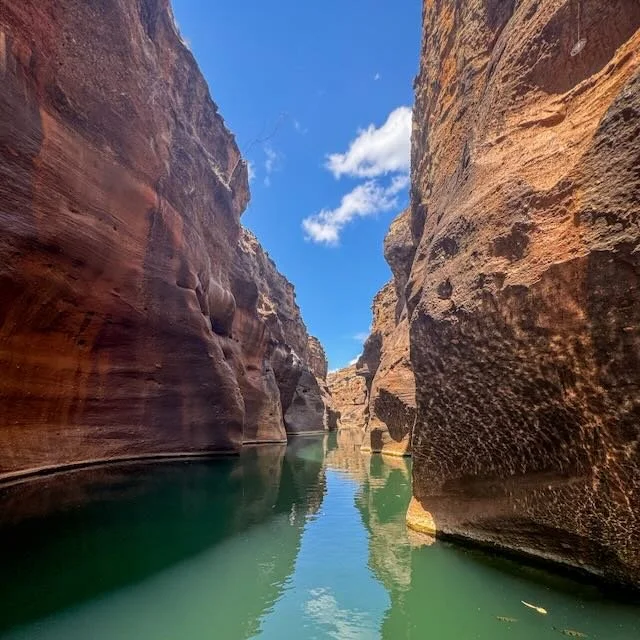

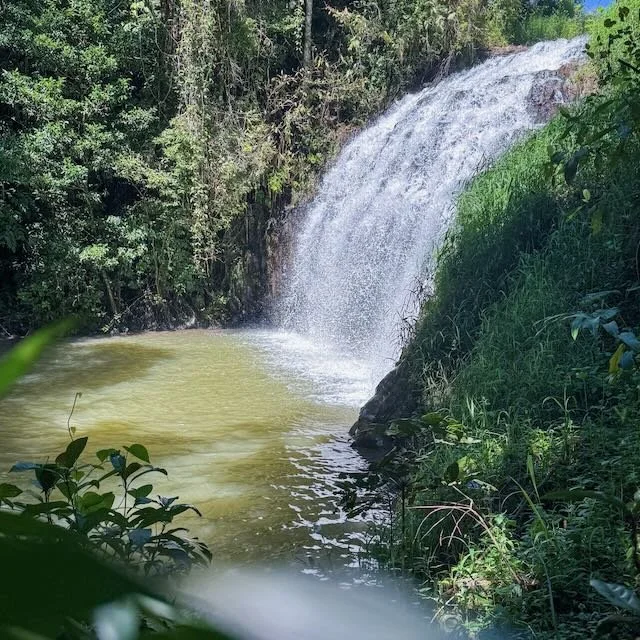

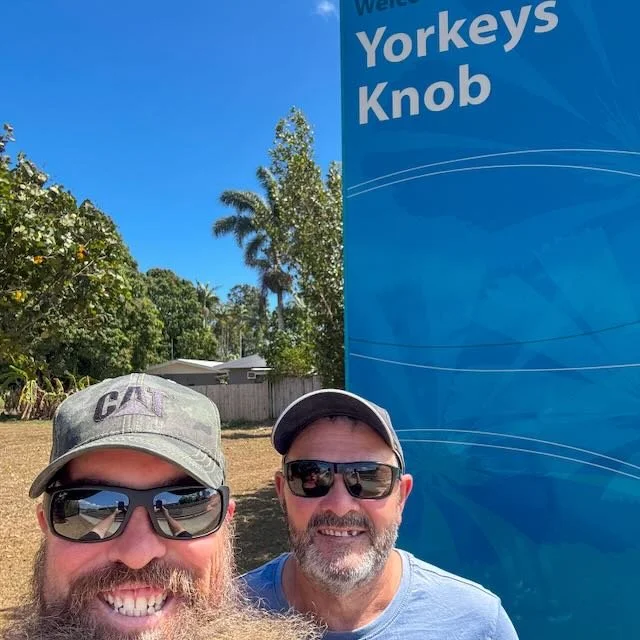
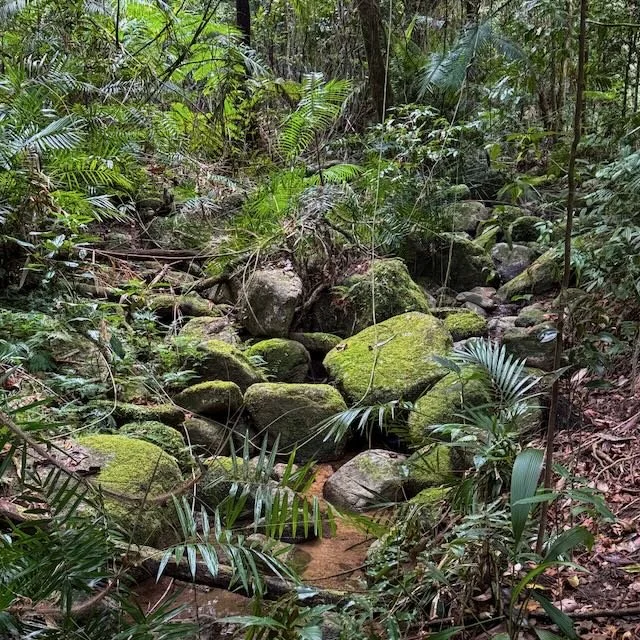




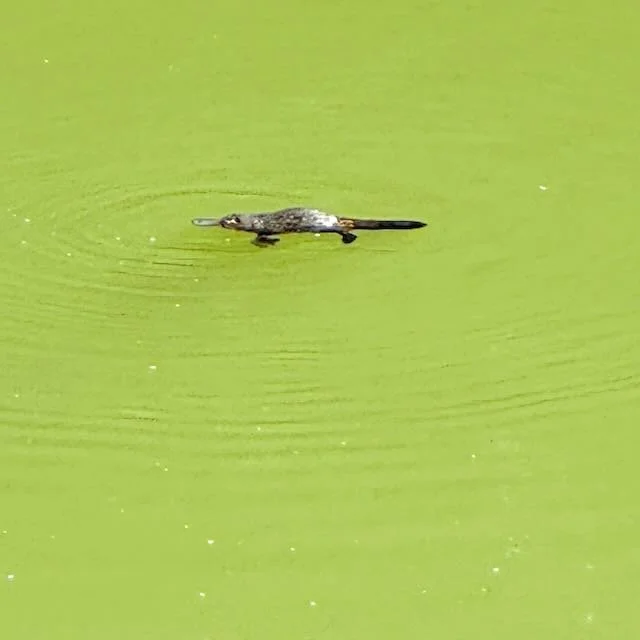

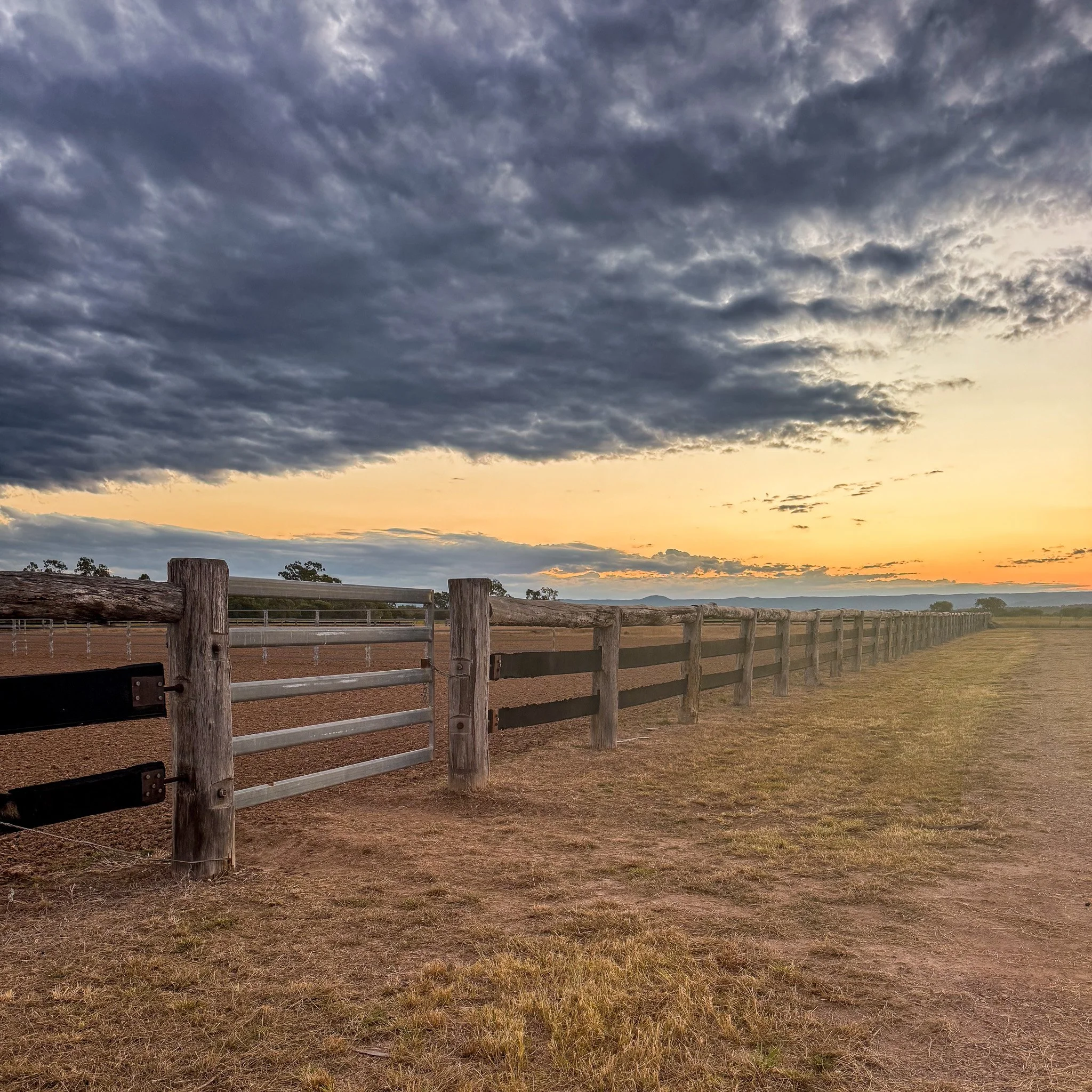

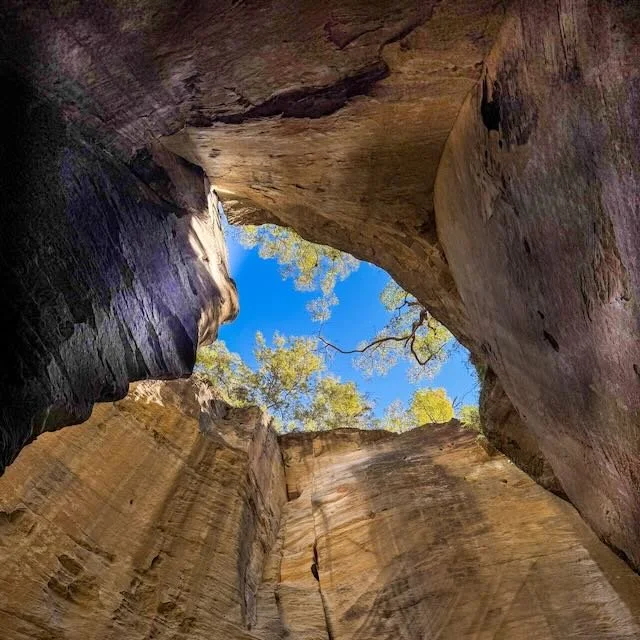


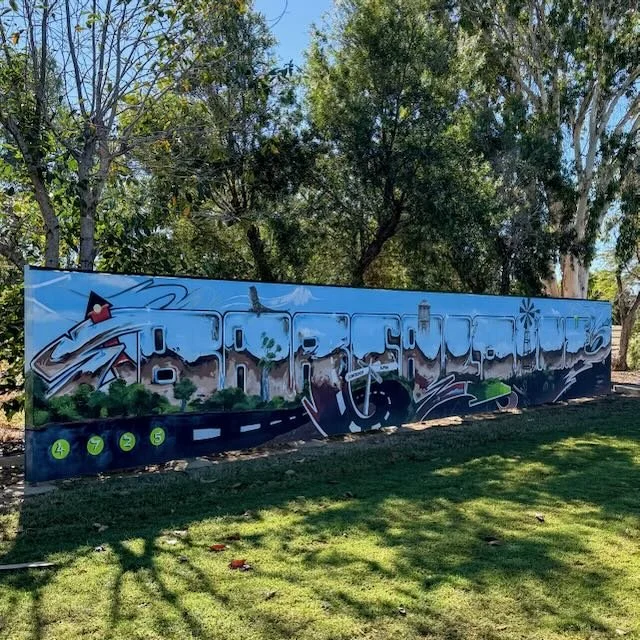
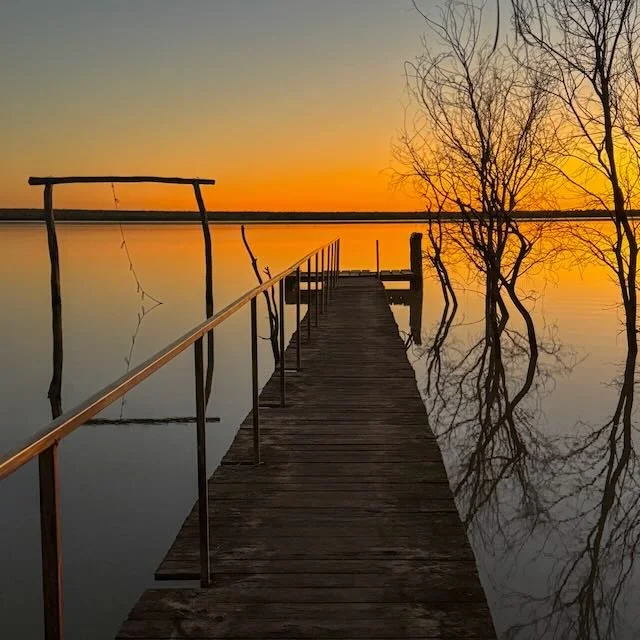
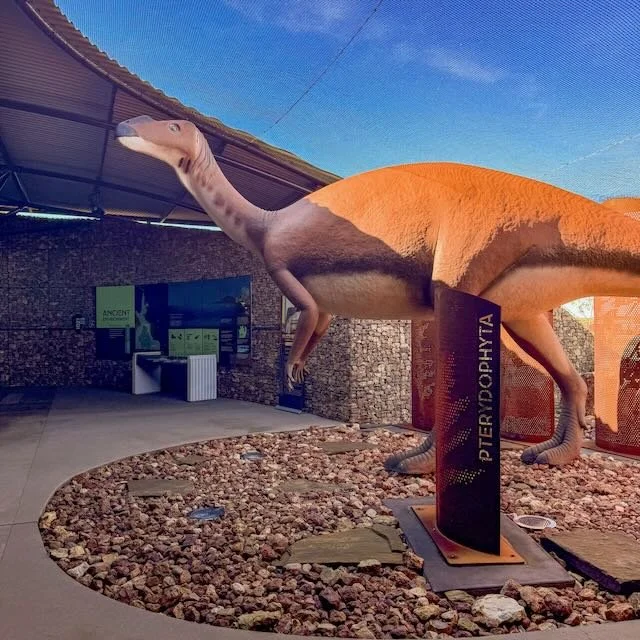






From the old Rex Cinema in Monto to a four-kilo peanut haul in Kingaroy, this stretch of Queensland had everything—local tips, bush learning, and the stories you only find on the road.